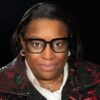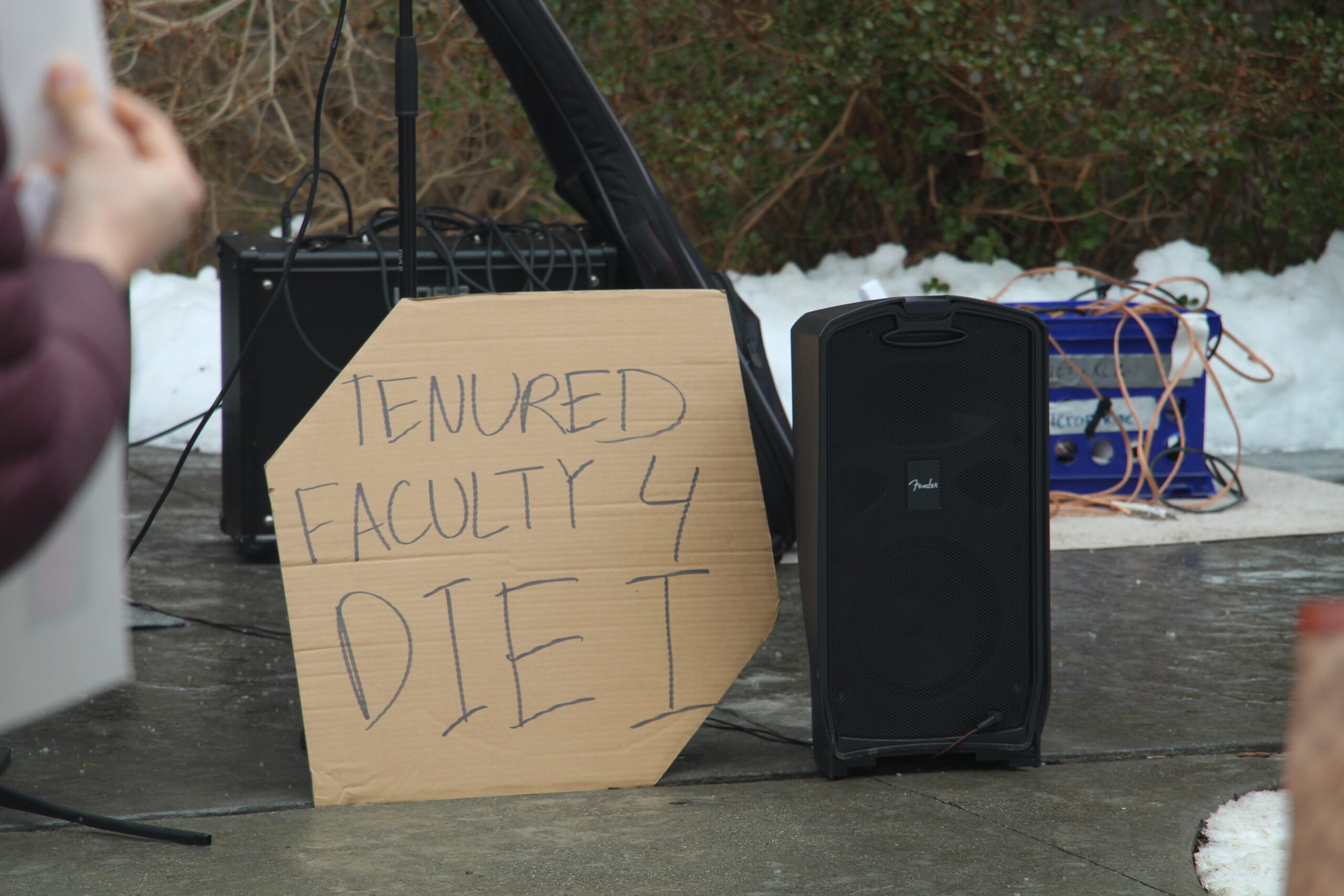Before coming to Connecticut College, Christine Chung, a computer science professor, worked for a company any sports fanatic would love to be a part of: ESPN. After she received her B.A. and M. Eng. Degree in Computer Science from Cornell, she had been previously working at a consulting firm in Manhattan, but she was “feeling uninspired and unchallenged, longing for the interesting things [she] used to learn and problems [she] used to have to tackle as a computer science student.”
In 2001, when she was watching the Super Bowl, she saw a new special effect that intrigued her. She saw the producers take a slow-motion video replay, freeze the frame during the middle of it, and move around the freeze frame so that viewers could observe the player in mid-air at all angles. Many viewers might see this animation and not think much of it. But Professor Chung said that she was so excited to see an industry in which “people were solving challenging computer science problems.” At that moment, she realized that she was eager to work for a company like the one that had created such real-time special effects.
She researched online to find a company that would allow her to use her skills to create something like the special effects in the broadcast, and the one that best suited her interests was SporTVision. It turned out that its main business office was in Times Square, just a short walk from where she was currently working. SporTVision is the company that makes the “magic yellow line,” or the line denoting the first down, appear on TV for football games. She walked over to the office with her resume and luckily for her, the company was starting a new project with ESPN Sunday Night Baseball. The company was looking for someone with a computer science degree to run the system and hired her on the spot. This job was perfect for Professor Chung, who was a huge New York Mets fan.
The Emmy award-winning K-Zone effect system is what you see on television while watching baseball. It is a computer-generated, on-screen rectangular box that serves as a strike zone for those watching from home or the local bar. As the pitcher delivers his pitch, the K-Zone tracks the ball to where it lands over the plate in the hitter strike zone. In addition, the zone breaks the strike zone into nine sections, showing where the batter is hot or cold based on his batting average. While Professor Chung was working with SporTVision, K-Zone was used only on replay because it was initially very controversial technology. The company wanted to ease everyone into the new technology before K-Zone was there in real time. Viewers could now see if umpires were correct on their call of a strike or ball.
Professor Chung was living every baseball fan’s dream. Each Sunday, she traveled to a different baseball stadium to work for Sunday Night Baseball on ESPN. She worked behind the scenes in a TV truck parked outside of the stadium and operated the K-Zone system during the live broadcast. She also spent time inside of the stadiums, setting up cameras and calibrating the system. Professor Chung “loved it because [she] had the chance to be on the field of almost every Major League Baseball stadium in the country, and was often wandering around setting things up when the players were warming up.”
After that amazing experience, she decided to leave to pursue a teaching degree. She said that she “always wanted to teach because it is rewarding.” She taught high school for a while, missed the challenge of doing “hardcore CS,” and, decidedly, went back to grad school for Computer Science. She says that her job now as a CS professor is great because she gets to teach and work on challenging CS problems in her research, which is “just what [she] always wanted.”
On the relationship between sports and computer science, Professor Chung states that “there are numerous ways in which sports and any industry intersect with computer science.” One is with TV broadcasts because those are full of real-time (and canned) special effects that are generated by programs, algorithms, and systems created by computer scientists. Another is with algorithms for analyzing sports statistics. For example, Professor Chung teaches an algorithm to her Computer Science 304 Algorithms class in order to determine when a baseball team has been “mathematically eliminated” from the pennant race. Another way is with the extensive fantasy sports industry, which takes place on websites like Yahoo!, all of which computer scientists program. Professor Chung is “sure there are a dozen more ways CS intersects with sports, but again, you can really identify numerous intersections between CS and any industry because CS is just completely ubiquitous now.”
Professor Chung has been researching algorithms since grad school, but “it is not usually the hands-on kind.” She loves “doing theory research, which usually involves thinking about a problem, designing algorithms for that problem, then rigorously showing (via mathematical proof) how good your algorithms are.” She enjoys theory over other kinds of CS because “you get to ignore all the complicated, messy real-world details that get in the way of thinking about the core underlying problem. When you can focus on that simple, clean structure of the essence of a problem, then things get really interesting and beautiful and exciting.”
Professor Chung’s career is quite remarkable. She has “helped to lay the groundwork for the success of K-Zone and similar technologies that have been developed since then.” Her work has also changed sports forever. Like a close line call in tennis, Professor Chung’s work helped spark discussions about human referees and computer-based ones, and how fans from home watch and interact with a sports game on TV. •










